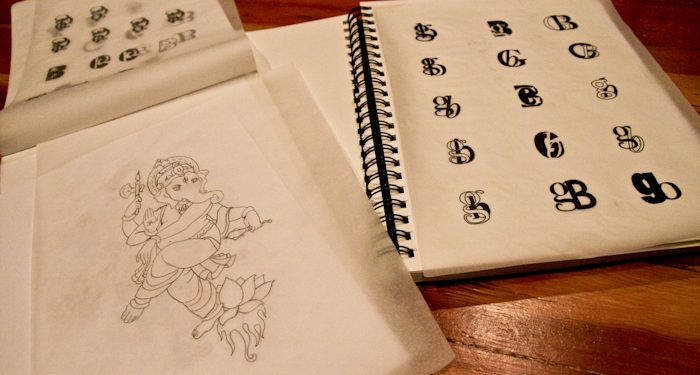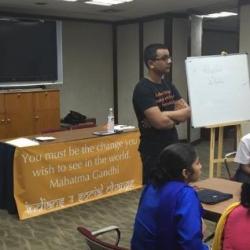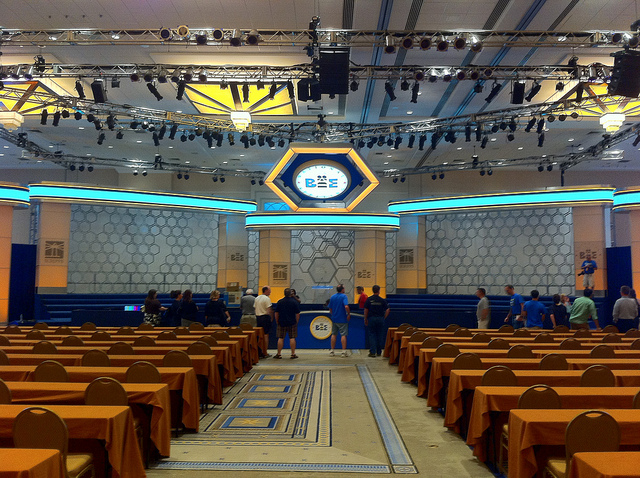Hindu Tattoos: Commodification through Cultural Appropriation

Background
An ever-growing trend in western culture is the use of Indian dress, customs, and motifs as part of their costumes, routines, and other things. For example, one will sometimes see devotional dance moves from Bharatanatyam and Kathak used in performances. Another popular occurrence is the use of Bindi’s as part of costumes. The most glaring example being Selena Gomez during her MTV performance, where she wore a Bindi as part of her costume. These are not isolated incidents, as people have used Indian symbolism in various other ways as well.
The Problem
A popular form of this commodification is the use of tattoos that use Hindu themes as inspiration. Tattoo parlors around the United States now feature some form of “Hindu Tattoos” for their customers to choose. From Ganesh, Om, passages from Hindu scriptures, and other religious motifs to using scripts from Indian language to write just about anything, the list of options for “exotic” tattoos is endless.
Celebrities have also been quick to take part in and encourage this trend. In 2011, Brandy Norwood tattooed Ganesh on her wrist. Rihanna got a tattoo of a Sanskrit shloka but didn’t even get it written correctly with massive errors in the script and non-sensical excerpting of the original passage. Jessica Alba sports a tattoo of the word “Lotus” written in Sanskrit, and David Beckham got his wife’s name written in Devanagari for no other reason but that it was different, and that too had a script error.
The Impact
On face value, this may seem like an appreciation for the Indian culture or an opportunity to embrace another religion. However, the countless mistakes, misunderstandings, and lack of any other type of appreciation are evidence that this is simply a fad for people. It is an opportunity for people to stand out using another group’s heritage and exoticize something that is part the bedrock of a billion people’s lives.
Using themes and motifs that are of utmost religious and spiritual importance to a group of people for materialistic endeavors is bad enough, but combined with the history of racism towards those ethnicities the impact is magnified. The real problem is apparent when the treatment of people of Indian origin who use Bindis, get tattoos of religious importance, and practice devotional dances is largely negative. For example, the racially charged joke uses Bindis as the center of its punchline: “What time is it in India? 7-11 On the dot.” And, the racism that Nina Davuluri faced after her Bollywood and Indian Classical Dance fusion helped make her the first Indian-American to be crowned Miss America. South Asians engaging in these activities is seen as not being assimilated enough into the western culture and leads to a sense of shame for those people. However, when westerners choose to engage in the exact same things (without any of the spiritual or ethnic connections) it suddenly becomes a reaction consisting of awe, inspiration, and fascination.
Conclusion
Cultural appropriation comes in many different shades, and exoticizing someone else’s culture is different from appreciating it. There is a clear bright line between the two, and these instances certainly fall within the commodification territory.
[Image Attribute: ganeshaisis cc]




